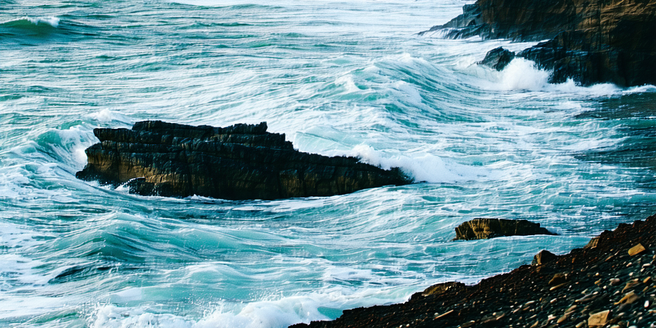
Understanding Coastal Erosion: Causes and Effects
Coastal erosion is a natural process that can be exacerbated by human activities. When wind, waves, and tides continuously batter shorelines, they gradually wear them away, leading to loss of land. Observing these patterns can help us better anticipate and mitigate their impacts. The consequences of these natural forces can be seen in shrinking beaches and receding coastlines. Factors like rising sea levels, storm surges, and heavy precipitation further accelerate this erosion. In some regions, the effects of erosion threaten vital ecosystems and local economies. Human interventions, such as construction and damming, disrupt sediment supply, making coasts more vulnerable. By understanding these dynamics, we can develop more effective strategies to protect and manage coastal areas.
Innovative Engineering Solutions for Shoreline Protection
Engineering plays a critical role in protecting coastlines from erosion. Techniques such as the construction of seawalls, breakwaters, and groins help stabilize shorelines. These structures break wave energy and reduce its impact on the shore. Moreover, understanding the ecological impact of these structures ensures a balance between human intervention and natural processes. It is crucial for engineers to work closely with environmental scientists to optimize these solutions. Innovations in materials and design are constantly improving their effectiveness and durability. Beach nourishment, which involves adding sand or sediment, restores eroded beaches, providing additional buffers against waves. Combining traditional engineering methods with new technologies, like adjustable barriers and underwater structures, offers promising solutions for sustainable shoreline protection.
Role of Vegetation in Mitigating Erosion
Vegetation serves as a vital defense against coastal erosion. Plant roots bind soil, reducing its susceptibility to wind and water forces. In fact, maintaining healthy vegetation is less costly compared to artificial infrastructure solutions. Mangroves, salt marshes, and dune grasses are especially effective in trapping sediments and stabilizing shorelines. By dissipating wave energy, these plant communities help minimize erosion. In some areas, community-led initiatives have successfully restored native plant species to their natural habitats. Education and awareness programs are key to involving more people in these restoration efforts. Efforts to restore and preserve coastal vegetation enhance natural barriers, promote biodiversity, and contribute to healthier ecosystems. Integrating vegetation with traditional protective structures offers a comprehensive approach to erosion management.
Community Involvement in Conservation Efforts
Community participation is crucial for successful coastal erosion prevention. By involving the community, the likelihood of implementing effective strategies increases significantly. Local residents bring invaluable knowledge and insights that enhance conservation strategies. Their firsthand experiences with changing shoreline dynamics offer a unique perspective that can lead to innovative solutions. Through educational programs and collaborative projects, communities become active stewards of their own shorelines. When residents are equipped with the right tools and information, they can effectively contribute to preservation efforts. Initiatives like beach clean-ups, monitoring programs, and restoration efforts foster a sense of responsibility and empowerment. Public engagement not only promotes awareness of erosion issues but also encourages sustainable practices to protect coastal environments for future generations.
Future Trends in Coastal Erosion Prevention Techniques
As climate change heightens the risk of coastal erosion, innovative prevention techniques are being explored. Future trends focus on integrating technology, such as remote sensing and AI, to predict erosion patterns more accurately. Understanding local environmental impacts is crucial for tailoring these solutions effectively. Researchers are increasingly collaborating across disciplines to develop comprehensive solutions. It is vital that communities remain engaged and informed about these advancements. Public awareness and education about these methods are crucial for their successful implementation. Green infrastructure, blending natural and engineered systems, emphasizes resilience and adaptability. Emphasizing sustainable practices, such as managed retreat and habitat restoration, will likely gain traction. These forward-thinking approaches aim to create holistic, adaptable strategies to safeguard coastlines against impending threats.
